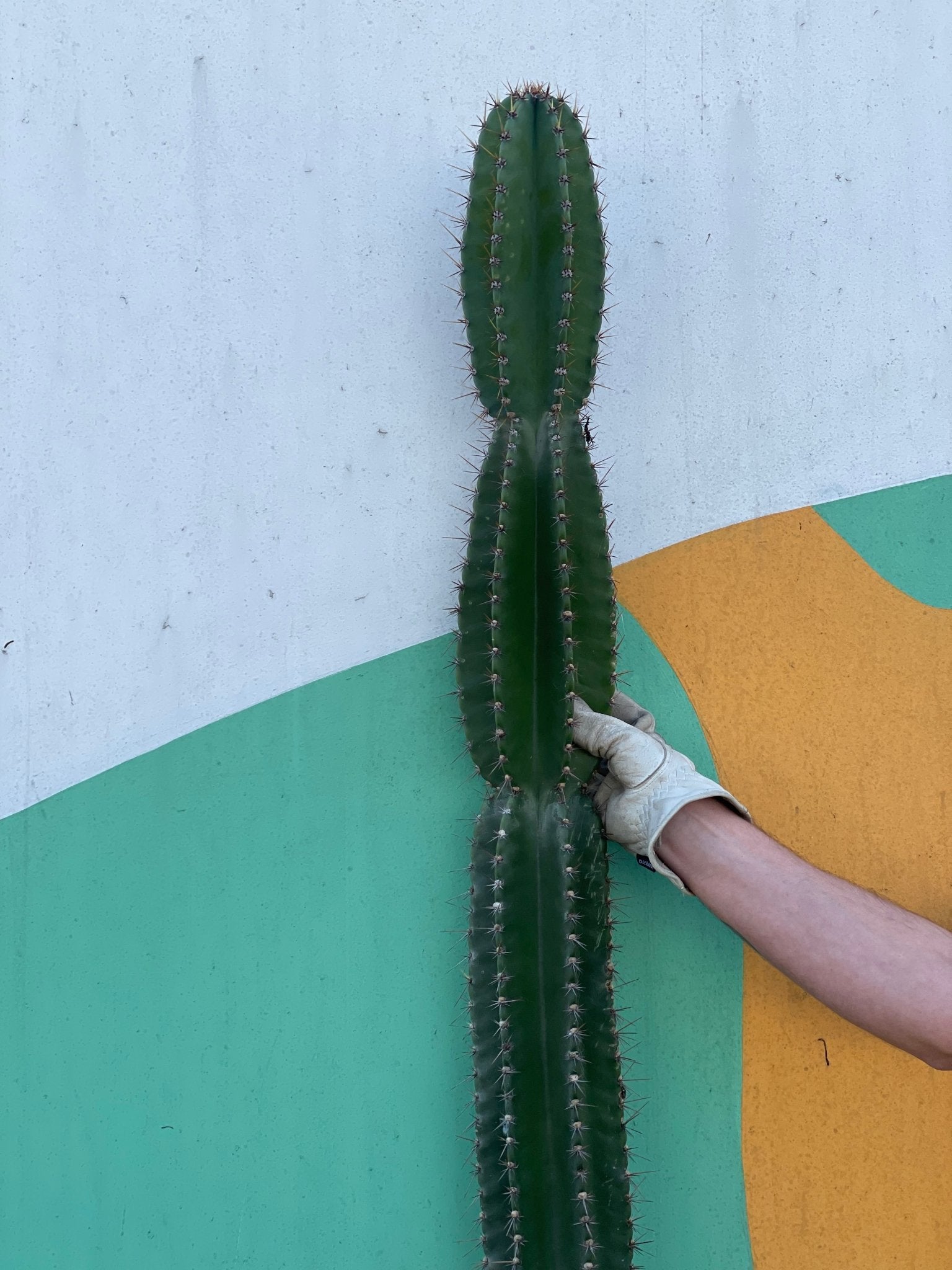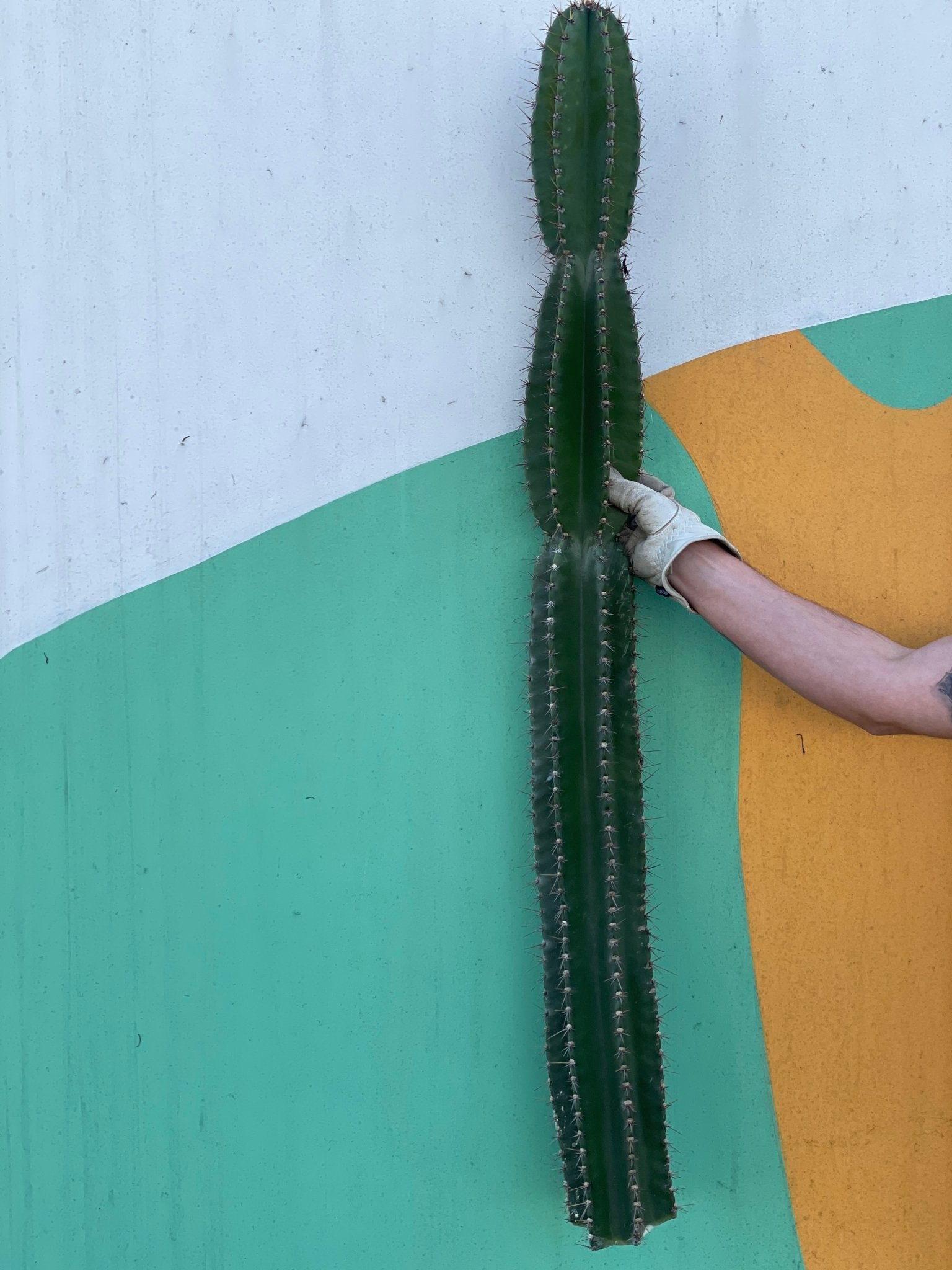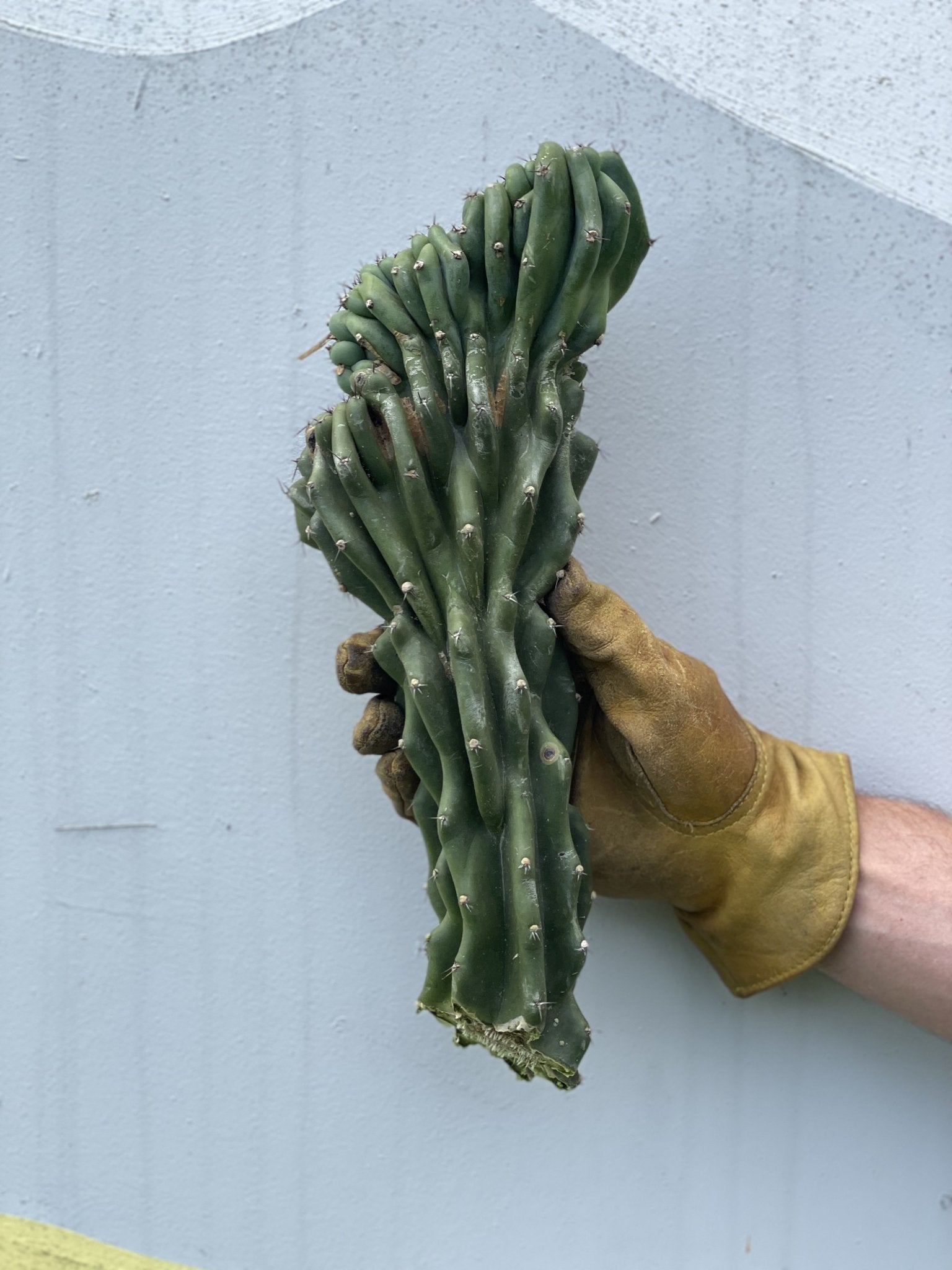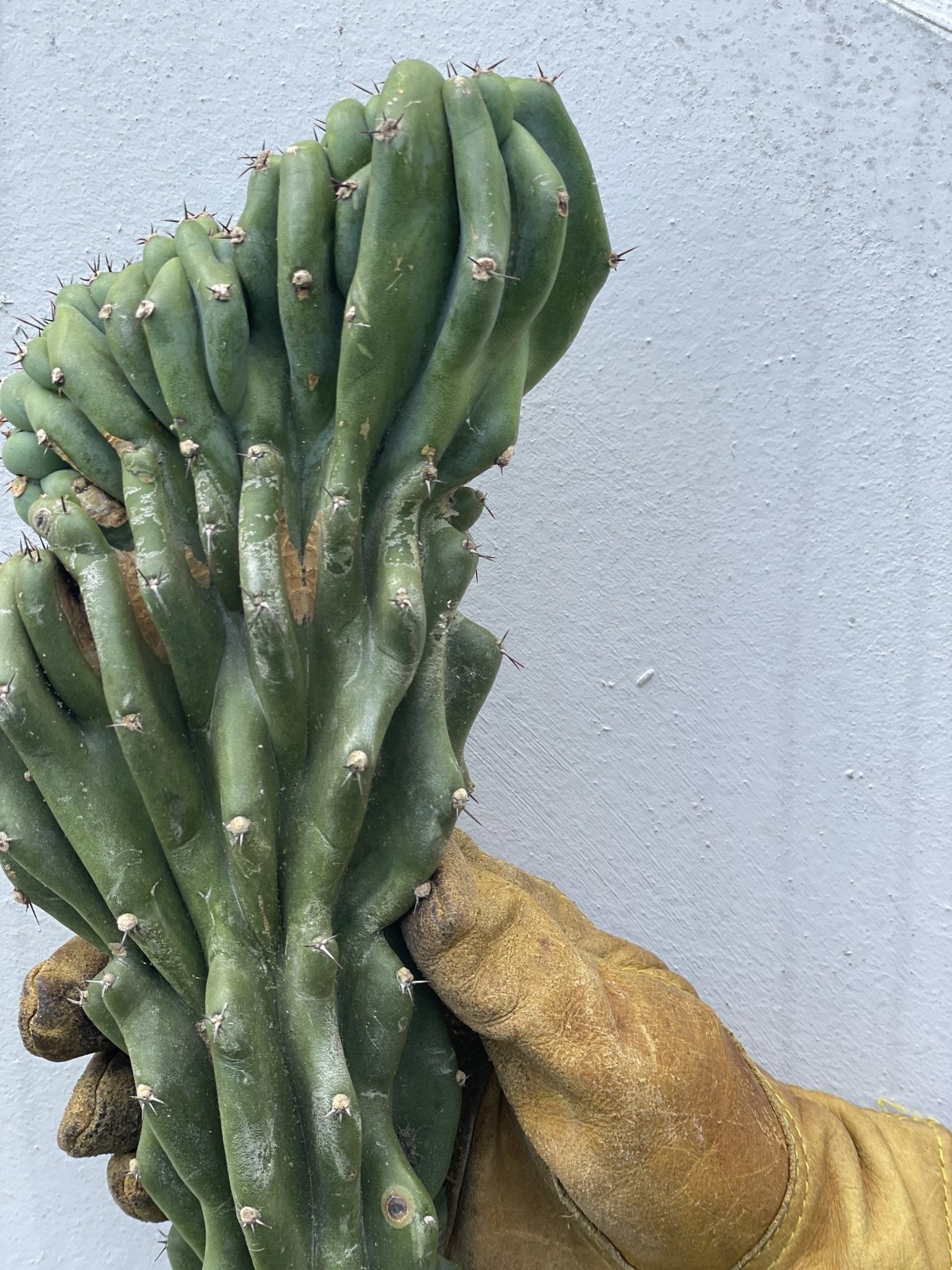The African Milk Tree (Euphorbia lactea) is a beautiful tree that originates from Africa. It is an easy plant to care for, but there are some things you need to know in order to keep it healthy and looking its best.
In this article, we will provide you with all the information you need to keep your African Milk Tree healthy and happy. So read on and learn how to take care of your new addition properly!
Facts about the African Milk Tree
The African Milk Tree is a member of the spurge family (Euphorbiaceae), which contains approximately 300 genera and 7000 species. The tree gets its name from the latex-like sap that oozes from cuts in its trunk and branches. This sap is white or milky in color and is poisonous if ingested.
The African Milk Tree is native to Africa, specifically Ethiopia, Kenya, Somalia, Tanzania, and Uganda. It can grow up to 9 feet if grown outside, making it a relatively small tree. If you grow the plant indoors, don't worry, it will reach around half that height.
Its leaves are dark green in color and have a leathery texture. They are arranged in a spiral pattern on the stem and are oblong or elliptical in shape with smooth margins. The flowers of the African Milk Tree are small and inconspicuous, and they are borne in clusters at the tips of the stems.
Be careful of the sap; it's poisonous to household pets and humans, so take extra care around young children. The sap can cause a severe infection if it touches your eye.
African Milk Tree Care Guide
Lighting
The African Milk Tree is a beautiful and unique plant that originates from the tropical regions of Africa, so it likes the sun. Unlike most other houseplants, the African Milk Tree is not afraid of a little direct sunlight. However, it prefers bright, indirect light if you can manage it.
If you live in a climate that is sunny year-round, your tree will do well outdoors. Make sure it can get at least a little sun outside. It can tolerate the sun's whole light as long as your climate is not excessively hot. If you live in cooler weather, keeping your tree indoors near a south-facing window is best.
Water
African Milk Tree have minimal water needs. Once a week for an indoor plant should be plenty. Be sure to let the soil completely dry out before the next watering. An outdoor plant will be fine with your area's natural rain cycle.
If you are experiencing a bad drought, you should step in and water the African Milk Tree every week or when the water dries out. Other than that, this plant is pretty low maintenance.
Temperature
The African Milk Tree is used to a dry, arid climate, so it prefers warm temperatures. It will do best in an environment between 65 and 80 degrees Fahrenheit. African milk trees will die if the temperature slips below 41 F.
The plant should be kept indoors if the outside goes below 55 F; otherwise, the African Milk Tree will enjoy the outdoors. If you happen to live in a particularly hot area, make sure the tree is at least partially shaded for the warmest time of day.
Soil and Fertilizer
The African Milk Tree prefers well-drained soil that is on the alkaline side. A good potting mix for this plant would be two parts perlite or coarse sand and one part peat moss or coco coir. The most important thing is to allow for proper drainage; the African Milk Tree will not tolerate soggy soil.
You should fertilize your African Milk Tree every month during its growing season, which is from spring to summer. Use a balanced fertilizer that has an NPK ratio of 20-20-20. You don't need to worry about fertilizing the plant during the fall and winter months. The African Milk Tree falls dormant in the colder months.
Pruning and Propagation
The African Milk Tree is a fast-growing plant, so you will need to prune it regularly to keep it under control. You can prune the plant any time of year, but it is best to do it in the spring or summer when the plant is actively growing.
To propagate the African Milk Tree, you can take stem cuttings from a healthy plant. Cut a piece of stem about four inches long with at least two leaves on it. Remove the bottom leaves and dip the cutting in the rooting hormone. Plant the cutting in well-drained soil and keep it moist until it starts to grow roots, which can take anywhere from two weeks to two months.
Pests and Diseases
The African Milk Tree is relatively resistant to pests and diseases, but there are a few things you should watch out for. The most common pests are mealybugs, spider mites, and scale insects. These can be controlled with insecticidal soap or neem oil.
The biggest disease threat to the African Milk Tree is root rot. This can be caused by overwatering or planting the tree in poorly drained soil. If you suspect your plant has root rot, you should remove it from its pot and replant it in fresh, well-drained soil. You may also need to treat the plant with a fungicide.
With proper care, your African Milk Tree will thrive for years to come! Enjoy your beautiful, easy-to-care-for plant!







Leave a comment